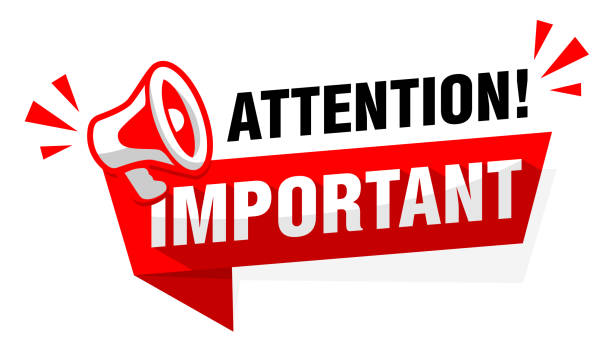Leverage in foreign exchange trading can be either a curse or a blessing in disguise. Simply put, leverage refers to capital provided by a broker to a trader to use at an interest-free rate or for a very small fee.

Leverage in trading is often calculated as a multiple on a trader’s deposit in their brokerage account. For example, an eight to one leverage (also referred to as eight times leverage) on a $10,000 account means a trader has access to $80,000 in capital to trade as they wish.
Why You Want Leverage
Traders typically seek out brokers that offer leverage because it provides many benefits — if used properly and responsibly. A trader that requires an account size of $100,000 for their strategy to be profitable face two options.
First, they can open an account and deposit $100,000 of their own cash. Or, they can create an account with a broker that offers five times leverage and deposit just $20,000. This leaves the trader with $80,000 in cash that can be invested in other asset classes, like dividend-paying stocks that generate incremental income.
Leverage starts at one-times the account balance and could go as high as 1,000 times, or even more for advanced traders. Leverage of up to 20 times is mostly considered to be safe for beginner traders. Anything above 20 times could be considered risky. The higher the leverage, the higher the risk.
Leverage In Action: An Example
Here is an example of how leverage can work to an experienced trader’s advantage. Suppose the broker provides leverage of 50 times and the trader deposited $5,000 for a total buying power of $250,000.
Assume you expect the value of the euro to rise so you go long the EUR versus the USD.
First, under a standard account with no leverage, the trader invests $5,000 and enters a EUR/USD (i.e, long the euro) pair at 1.1805. The currency pair typically moves 100 pips a day so let’s assume this happens and the euro inches higher to 1.1905.
Since the trader was on the right side of the trade, they pocket $50 from the trade. Not bad, but not anywhere close to earning a living trading forex.
But under an account with 50 times leverage, the gains are now magnified by a factor of 50. Instead of making $50 from the trade, the total profit is 50 times the $50, or $2,500. Now, this is a decent profit and one trade like this each week translates to an annual profit of $130,000.
Why You Don’t’ Want Leverage
Now that we have explained what leverage is and how it can be used, it is important to understand the downside risk. Much like leverage magnifies gains, it magnifies losses.
If the above example goes against the trader’s favor, it can result in some serious damage to their account.
Under an account with no leverage, a $5,000 investment in the EURUSD that loses 100 pips translates to a $50 loss. But under an account with 50 times leverage, the loss is now quite large at $2,500.
This translates to half the deposit amount. After suffering a major loss, the trader’s total buying power is lowered from $250,000 to $125,000 to reflect an account balance that is now half the original size.
But what if the EURUSD pair moves 150 pips or 200 pips in the opposite direction? In one trade, the trader’s entire account balance could be at risk.
The broker likely has an automated risk management strategy that will automatically sell a trader’s position when their account balance is dangerously low. After all, for every $1 invested by a trader, the broker puts up 50 times that amount.
Conclusion: Brokers Love Leverage
Brokers love offering leverage because it means they collect higher commission fees on each trade. It goes without saying that brokers want to establish long-term relationships with profitable traders because everyone comes out ahead.
Brokers want to offer as much leverage to as many people as possible. But at the end of the day, the best leverage rates are reserved for responsible traders. Inexperienced and reckless traders offer no real advantage to brokers and are a danger to themselves.

 Hot Features
Hot Features













